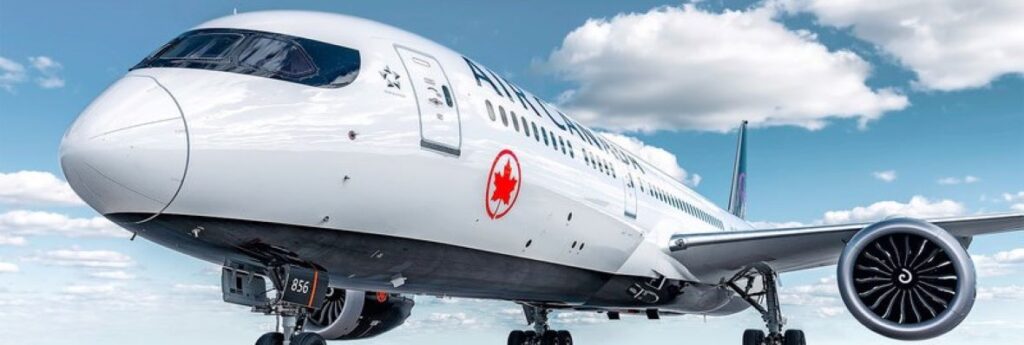Air Canada lowered its financial forecast for the year as travellers continue to shy away from trips to the United States amid cross-border tensions, pushing the airline to hunt for demand elsewhere. The company’s transborder bookings have dropped at least 13% for the next six months, chief executive Michael Rousseau said on Friday, prompting the carrier to cut flight capacity south of the border.
“We observed a decline in interest among Canadians for travel to the U.S. The noise around tariffs and trade disputes definitely had an impact,” Rousseau told analysts on a conference call.
“But also, we believe some travellers avoided the U.S. simply because it was expensive, with the Canadian dollar trading at levels not seen since 2020.”
The company now expects adjusted earnings of between $3.2 billion and $3.6 billion in 2025 versus the range of $3.4 billion to $3.8 billion laid out earlier this year. And the Montreal-based company reported a net loss for the three months ended March 31 of $102 million compared with a loss of $81 million in the same period a year earlier.
In a backlash against U.S. President Donald Trump’s tariffs and “51st-state” musings, Canadians cancelled trips and booked flights to spots outside America over the past three months. In March, the company reduced flights by 10% to Florida, Las Vegas and Arizona – usually go-to hot spots during spring break season. Competitors WestJet, Flair Airlines and Air Transat made similar moves.
“That said, this remains contained,” Rousseau stressed.
Canadians’ appetite for travel has moved partly to domestic destinations, while others have sought excursions to Europe as well as Pacific shores – especially in Japan, Thailand and Australia, said network planning chief Mark Galardo.
The airline has shifted capacity accordingly. One Boeing 737 Max jetliner was snatched from a Canada-U.S. route for deployment on a new Montreal-Edinburgh route. The company launched a non-stop route to the Philippines from Vancouver last month.
And earlier this week, it announced a big push into Latin America that adds 16% capacity starting in October, with Brazil, Colombia, Guatemala and Guadalajara, Mexico, all set to receive more passengers. Halifax, Quebec City and Ottawa are among the cities that will form one end of new non-stop routes to sun destinations.
Nonetheless, Air Canada dialed back plans to grow total flight capacity. In its revised outlook, it forecast capacity growth of one to three percent versus earlier expectations of three to five percent.
RBC Dominion Securities analyst James McGarragle said executives managed to keep a tight lid on spending, pulling off “effective cost control” last quarter. “Advance ticket sales grew in line with their expectations, implying demand remains stable and that management is being prudent in adjusting lower their guidance,” he said.
Rousseau observed that “uncertainty was for sure the main theme” of the year.
If this article was shared with you by a friend or colleague, you may enjoy receiving your own copy of Travel Industry Today with the latest travel news and reviews each weekday morning. It’s absolutely free – just CLICK HERE.

